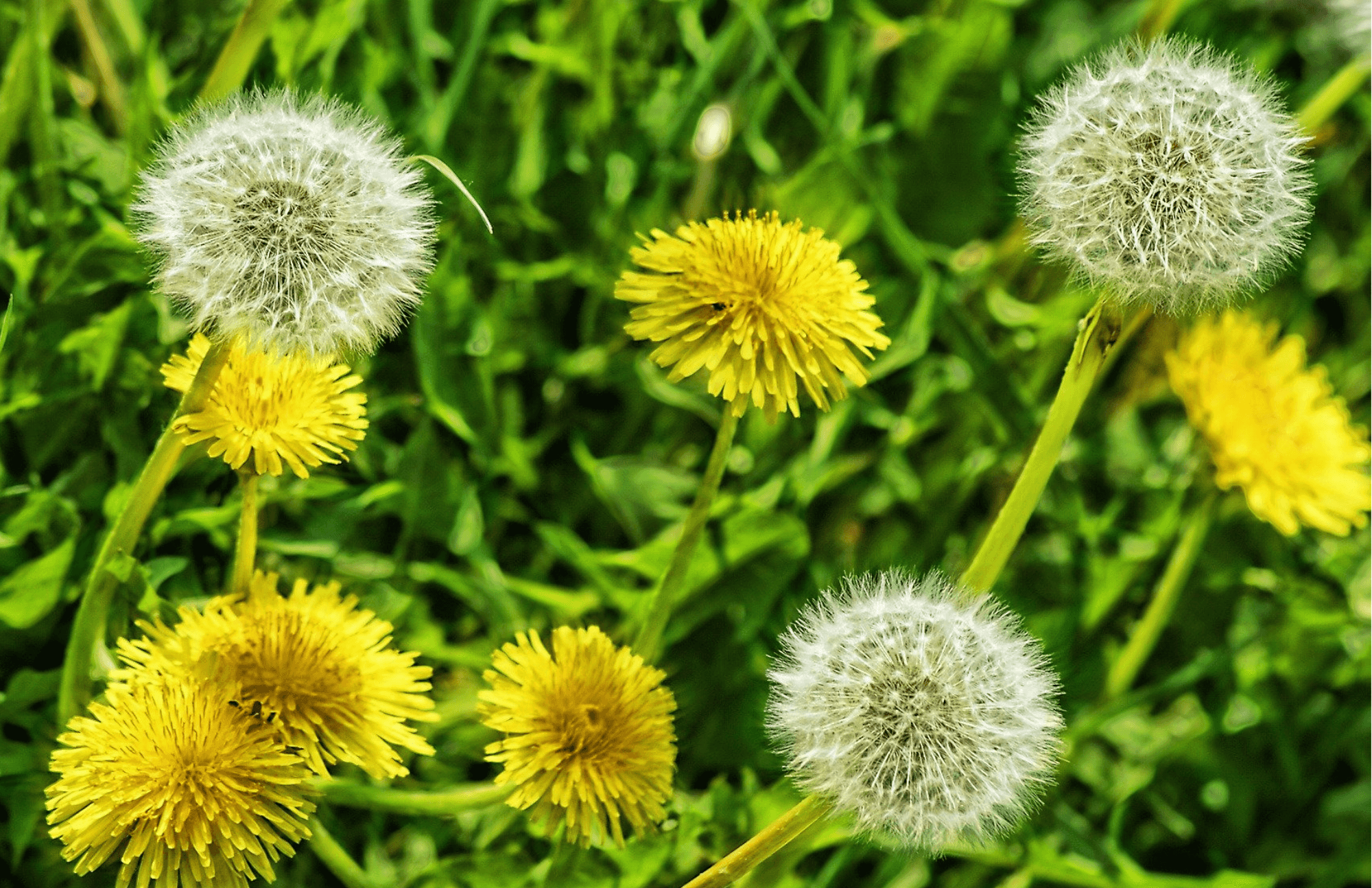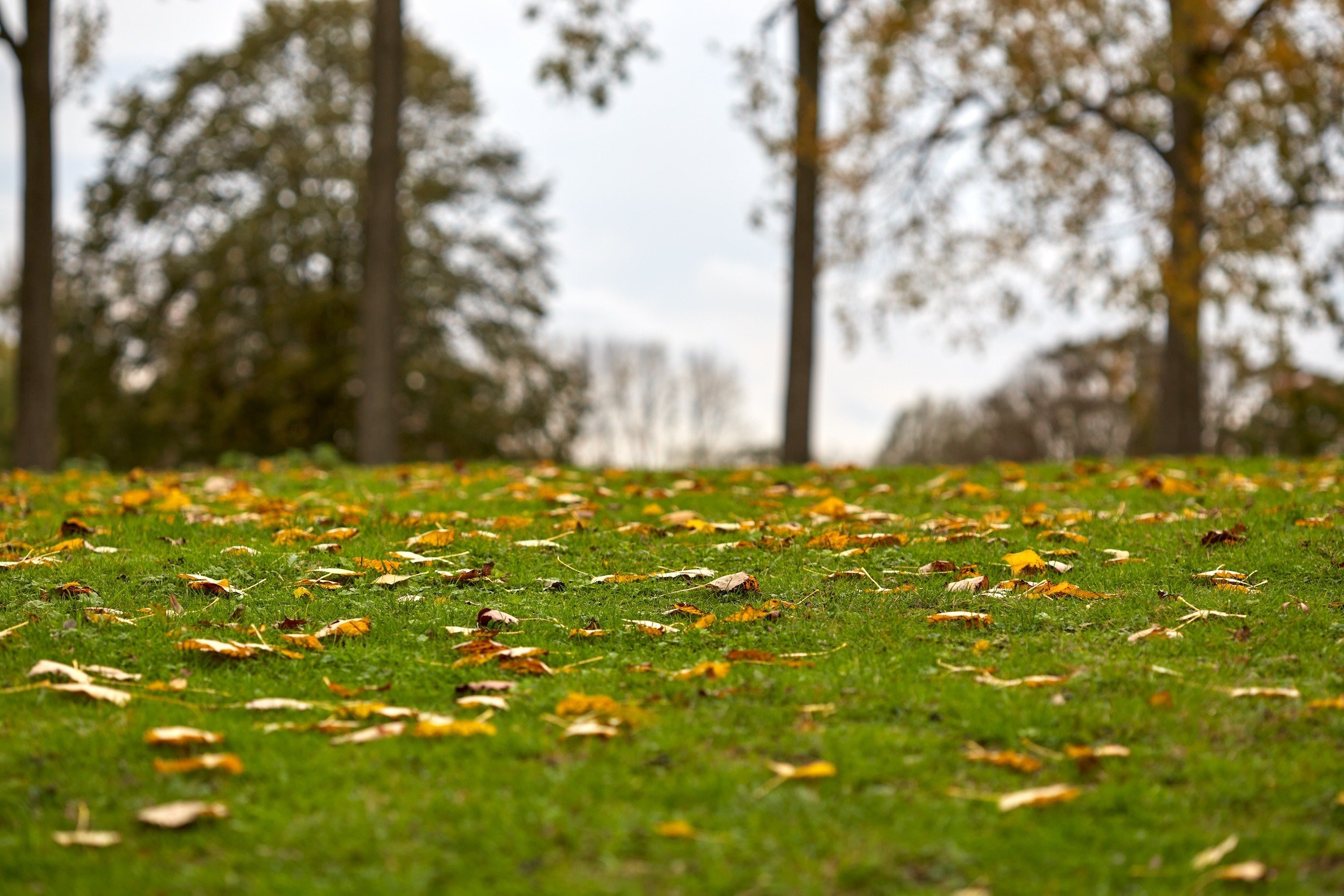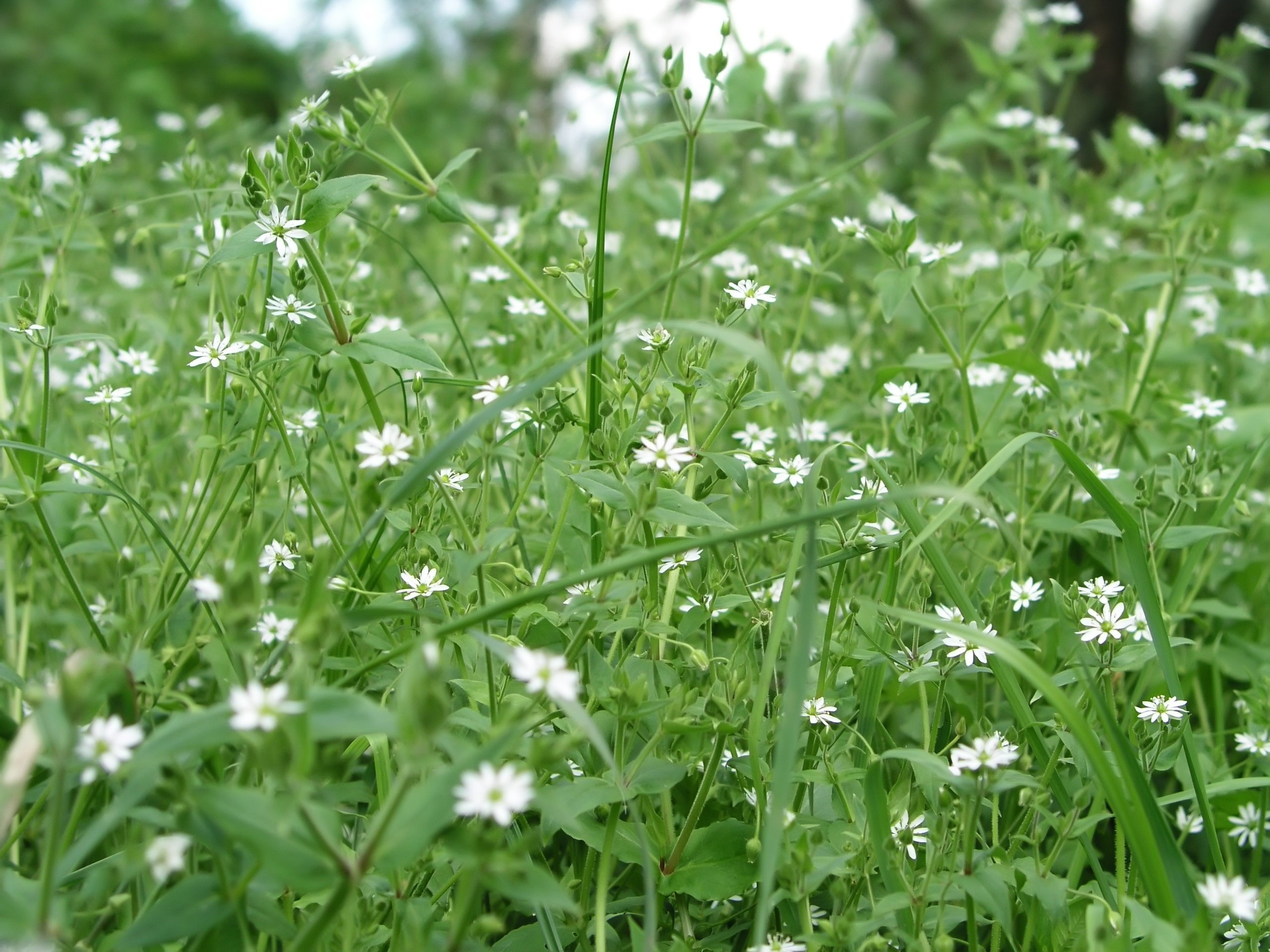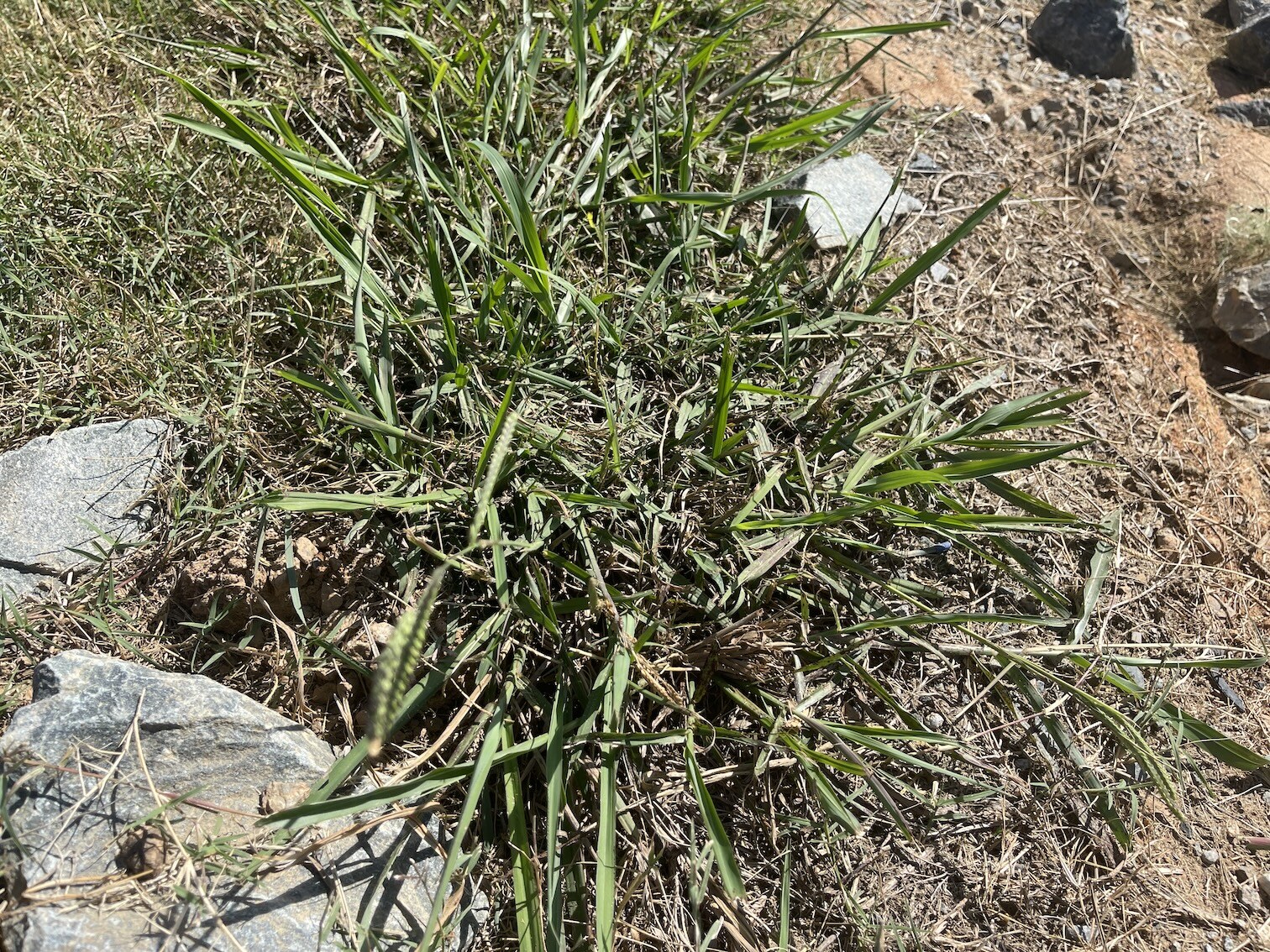Weed It and Reap: Your Fall Weed Guide
When summer fades and cooler weather sets in, many homeowners mistakenly believe their lawn care routine can take a backseat. However, fall is a...
4 min read
Savanna Fiegl
:
6/19/24 10:43 AM

Weeds are the bane of every gardener's existence, turning well-kept gardens and lawns into unruly landscapes. To effectively manage these persistent invaders, it’s essential to understand their life cycle. By recognizing the stages of weed growth, you can implement timely and effective control measures, ensuring your plants have the best chance to thrive.
Weeds, like all plants, go through a life cycle that includes germination, growth, reproduction, and death. This cycle can vary greatly depending on whether the weed is an annual or perennial. Let’s explore these life cycles in more detail.

Annual weeds complete their life cycle in one growing season. They sprout from seeds, grow, flower, produce seeds, and die all within the span of a single year. There are two types of annual weeds: Summer Annuals and Winter Annuals.
Summer annual weeds are plants that germinate from seeds in the spring or early summer, grow rapidly during the warm months, and produce seeds before dying off with the first frost. Winter annual weeds are plants that germinate from seeds in the fall or early winter, grow during the cool months, and produce seeds in the spring or early summer before dying off.
Summer Annuals
In early spring, the soil warms up, and annual weed seeds begin to germinate. This is the critical period for pre-emergent herbicides, which can prevent these seeds from sprouting.
As temperatures rise, annual weeds grow rapidly. By mid-summer, they often flower and start producing seeds. At this stage, post-emergent herbicides or manual removal are necessary to prevent them from seeding.
In late summer and early fall, annual weeds focus on seed production. Each weed can produce thousands of seeds, ensuring the next generation’s growth.
By winter, annual weeds have usually died off, leaving behind a seed bank in the soil that will sprout in the next growing season.
Winter Annuals
Fall: Germination
Seedlings start to establish and grow, taking advantage of the milder fall weather.
Winter: Growth
The weeds continue to grow slowly during the winter months. They remain relatively small but continue to develop their root systems. These weeds are adapted to survive cold temperatures, remaining green and active while other plants are dormant.
Spring: Flowering and Seed Production
As temperatures rise, winter annual weeds experience a growth spurt, quickly maturing and expanding in size. The weeds flower and produce seeds, preparing to complete their life cycle. Seeds are released, ensuring the next generation of weeds will germinate in the fall.
Summer: Dormancy
The plants die off as temperatures become too warm for their growth. The seeds remain in the soil, ready to germinate in the fall.

Perennial weeds are the most challenging to manage as they live for more than two years, often spreading by seeds and vegetative structures like roots, rhizomes, or tubers.
Perennial weeds re-emerge from their established root systems in early spring, often before other plants begin to grow.
Throughout the summer, these weeds grow vigorously and can flower and produce seeds. They also expand their root systems, making them harder to eradicate.
In the fall, perennials store energy in their roots to survive the winter. This stage is crucial for applying systemic herbicides, which can travel down to the roots and help kill the plant.
During winter, perennials enter a dormant phase but remain alive underground, ready to sprout again in the spring.
Understanding the life cycle of weeds is the first step in effective weed management. By knowing when weeds germinate, grow, and reproduce, you can time your control measures for maximum effectiveness. Whether dealing with annuals, biennials, or perennials, a proactive approach will help keep your garden and lawn weed-free, allowing your desirable plants to flourish.
If you notice weeds in your lawn, you might feel tempted to bend down and pull them out yourself. Even though this may seem like a quick and easy way to eliminate the problem, drawbacks can occur.

Secondly, always remember to bag your clippings and dispose of them properly whenever you mow your lawn. Leaving clippings on the lawn allows any weed seeds you may have mowed to spread, initiating the growth of new weeds in other areas and perpetuating the weed problem. Additionally, bagging clippings helps reduce thatch buildup, which can create an ideal environment for weed seeds to germinate. By consistently removing clippings, you also promote better air circulation and sunlight penetration, both of which are essential for a healthy, weed-free lawn.
Lastly, you can put your trust in Top Turf's Fertilization and Weed Control Program. In our program, we offer pre-emergents for weed control. Pre-emergents help stop the life cycles of weeds by:
Stopping Weeds Before They Grow: Pre-emergents prevent weed seeds from germinating, stopping weeds before they can even start. This is much easier and more effective than trying to eliminate established weeds.
Reducing the Weed Seed Bank: By consistently using pre-emergents, you reduce the weed seed bank in your soil over time, leading to fewer weeds in subsequent seasons.Preventing Weed Spread: Stopping weeds before they grow prevents them from spreading and multiplying, which is particularly important for aggressive and invasive weed species.
Understanding the life cycles of weeds is essential for effective weed management and maintaining a healthy, vibrant lawn. By knowing when different types of weeds—annuals, biennials, and perennials—germinate, grow, and reproduce, you can implement timely and effective control measures. This proactive approach ensures that your desirable plants can flourish without the competition and stress caused by invasive weeds.
However, managing weed life cycles can be complex and time-consuming. This is where Top Turf can make all the difference. With expert knowledge and specialized tools, our Fertilization and Weed Control Program can provide tailored weed control strategies, from pre-emergent treatments to precise herbicide applications and ongoing maintenance.
By partnering with Top Turf, you can ensure your lawn receives the best possible care, saving you time and effort while achieving a lush, weed-free landscape. Let the experts handle the complexities of weed management, so you can enjoy a beautiful, thriving lawn all year round.
If you have any questions about fertilization or weed control of your lawn, you can contact your local branch and we will be happy to help!

When summer fades and cooler weather sets in, many homeowners mistakenly believe their lawn care routine can take a backseat. However, fall is a...

When winter arrives, many assume that lawn care can take a backseat. However, certain weeds, like chickweed, thrive in the cooler months and can...

A beautiful, lush, green lawn is the dream of every homeowner. If you have a Bermuda grass lawn, you know that it can be a great asset to your...